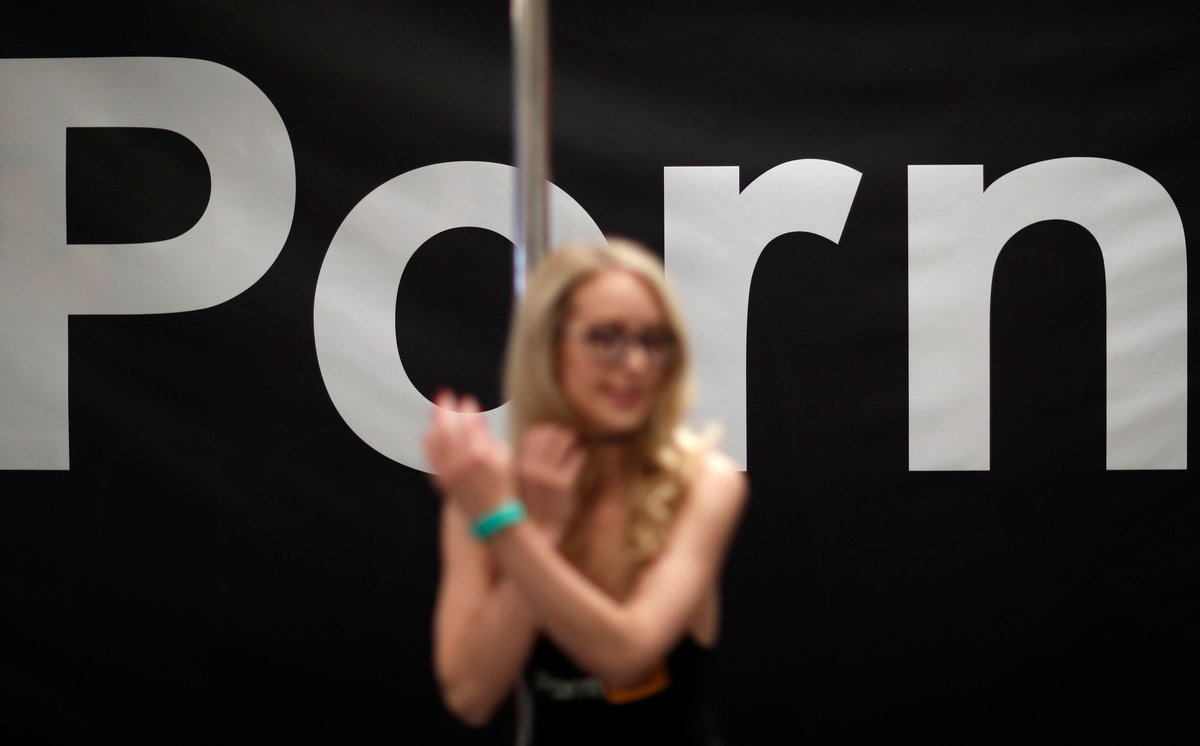
Bud Simpson got riled up when he saw an ad for the rubber-soled, leather Barker hunting shoe in a 1904 edition of In the Maine Woods magazine.
The 88-year-old former shoemaker, who was born in Brewer, remembered claims that L.L. Bean has made over the years that its founder, Leon Leonwood Bean, created a boot “built of ingenuity” as a solution to soggy-soled footwear while he was hunting. That boot is now one of the world’s most storied brands and the legend of its discovery has lived on.
But Bean boots were first marketed in 1912, after similar boots appeared in magazines and catalogs, Simpson found. He became irritated at what he saw as exaggerated advertising by the Maine company, and recently self-published his own book about it, “Mr. Bean’s Boot.”
“Their ‘iconic, innovative, legendary’ boot is none of those things,” Simpson said. “Other companies had it in production years before Bean ever got cold, wet feet while hunting and had to solve that problem.”
He searched through other pre-1912 outdoors magazines, Sears and Montgomery Ward catalogs and publications of boot manufacturers. He realized that several other boot companies had been making and selling similar hunting boots before L.L. Bean.
One of them, the Barker hunting shoe made by William E. Barker of Boston, was advertised in the 1904 edition of In the Maine Woods magazine on page 170, he said. Four similar types of boots were advertised throughout a 1908 Sears and Roebuck catalog, he said. Those boots are no longer sold, while Bean boots are, prompting experts to question which company was first.
“I don’t know how to claim which was the first because a lot of early attempts didn’t go anywhere, but the L.L. Bean boot outlasted the others,” said William David Barry, a Maine historian who wrote a commemorative book for L.L. Bean’s 90th anniversary in 2002.

A company spokesperson said many brands make similar boots to the Bean boot even today. The boot was originally known as the Maine hunting shoe.
“It is impossible for us to speculate on whether Leon Leonwood Bean took inspiration from a Sears catalog or other retailers when creating the Maine Hunting Shoe more than 100 years ago,” L.L. Bean spokesperson Amanda Hannah said.
The company holds two patents, one for the split-back stay and the other for the tongue and upper reinforcements. Therefore, she said, “we stand by our claims of innovation.”
“There is only one Maine Hunting Shoe, still made by hand in Maine for more than 100 years,” she said.
Those patents were issued in 1921, nine years after Bean boots went on the market. Simpson said there is no patent for the boot itself that might reveal the design’s date of origin.
Simpson, born in 1934, began his work in shoe-making at Viner Brothers Shoe Co. on Hancock Street in Bangor, where he learned hand-stitching and other techniques before moving on to other shoemakers in the area. He was hired by L.L. Bean at one point but decided not to take the job in Freeport because it was too far from his home in Holden. He later moved to another shoe company in Logan, Ohio, where he lives today and writes a weekly column for the local newspaper.
He is a student of the history of boots and shoes, which is why he feels comfortable challenging L.L. Bean’s claims.
According to L.L. Bean’s history of the boot on its website, Leon Leonwood Bean set up shop in his brother’s basement, where he manufactured and sold 100 pairs of his new Maine hunting shoe. He promised a 100 percent satisfaction guarantee, which customers quickly used. Of the first 100 boots, 90 were returned because the single-line stitching tore easily, separating the sole from the leather.
Bean refunded those purchases and borrowed money from his family to fix the design flaw. He retooled with a more durable rubber and reinforced the boot with the triple-line stitching that is now the signature design of the Bean boots.
Today Bean boots are worn for all kinds of occasions. Gov. Janet Mills wore a custom pair when she was inaugurated for a second time in 2022.
Simpson has nothing against the company, and owns a pair of Bean boots himself. He credits Leon Leonwood Bean for being a strong marketer. But he wishes the advertising claims about ingenuity and the boot being a revolutionary and innovative idea were expressed more accurately given the other boots that came before it.
“I can understand why a company does stuff like that,” Simpson said. “It’s not really lying. It’s just leading people to think what they want them to think.”











